Table of Contents
The Lombards: People who changed history
The Archaeological Museum of Naples is housing from 21st December until 25th March 2018 the exhibit The Lombards: people who changed history that illustrate Langobards’ past and the challenges they faced that caused the political and historical fragmentation of the Italian Peninsula.
The Lombards (also known as Langobards literally meaning “people with long beards”) were a tribe of Germanic warriors who crossed the Alps and began invading Northern Italy starting from 568 A.D. Some regions remained under the control of the East Roman Empire, others started a brand new phase. Italy had changed forever: it turned into a land to conquer for foreign Countries: the Lombards established a kingdom, later called Regnum Italicum and ruled large areas of the Italian Peninsula until Charlemagne defeated them in 774.
But why hold an exhibition about the Langobards in Naples if they never conquered the city?
Actually they moved to Southern Italy for centuries after they lost control of Northern part of Italian Peninsula with the arrival of Charlemagne in Pavia. The capital of their new estate was Benevento, then the city of Capua and Salerno became autonomous centres of power.
This amazing exhibition focus on the great progress in studies about these invaders in the past decades. For centuries they have been considered responsible of Italian political fragmentation even if the Lombards came to unifying Italy under their own control. They combined indeed the heritage of Ancient Rome, Byzantium and Germanic Northern Europe with a distinct Christian Spirituality, creating a unique artistic legacy, spiritual development and cultural influence. They played a major role in the Early Medieval History of Italy and Europe.
The exhibition path is divided into sections that follows a chronological order with attention to several archaeological artefacts: every aspect of political, economic and everyday life in the Lombard estates, their complex relations with the seats of Roman (Byzantine) power, the economy, the religion, the Langobard writing, their relations with the Carolingian empire and the Langobards in Southern Italy. On display weapons, garments buckles, jewellery, domestic utensils, coins, documents, inscriptions on stone and bas relief sculptures. With over 30,000 findings from more than 80 museums and 3 different exhibition venues (Pavia, Naples and St Petersburg), the exhibition features 32 Langobards’ archaeological sites, 58 complete grave goods and 17 original videos and multimedia installations.
A must-see for anyone interested in Early Medieval Europe.
For more information about the exhibit, visit the official website
THE LOMBARDS: PEOPLE WHO CHANGED HISTORY
MANN – Archaeological Museum Of Naples
21st December 2017 – 25th March 2018
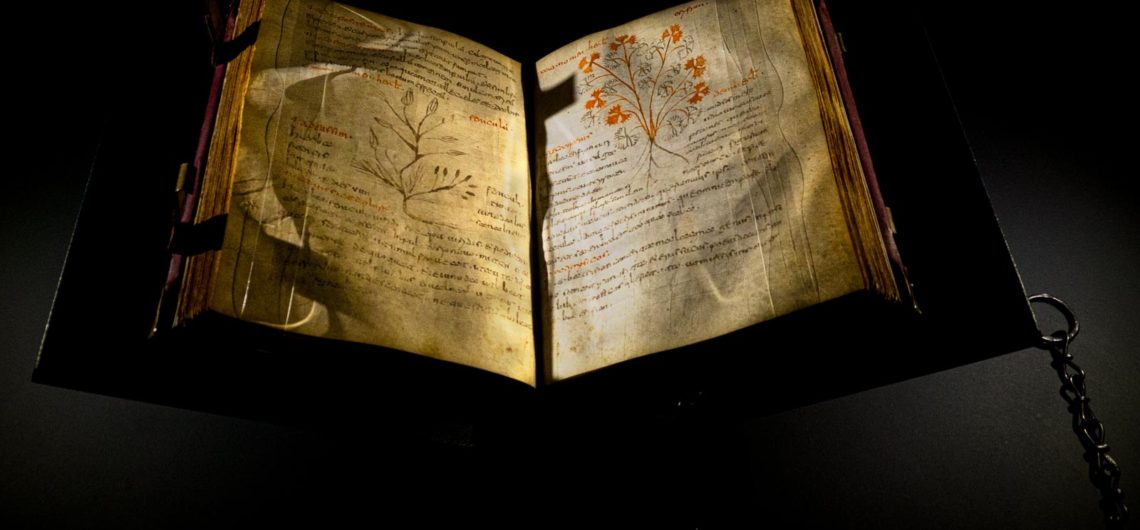
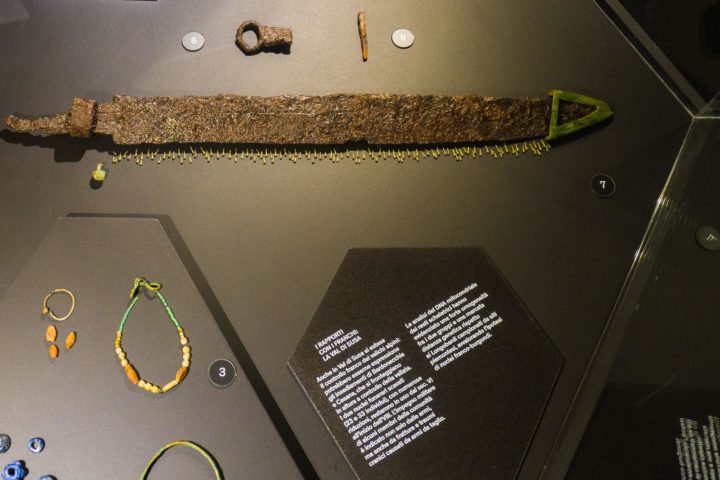
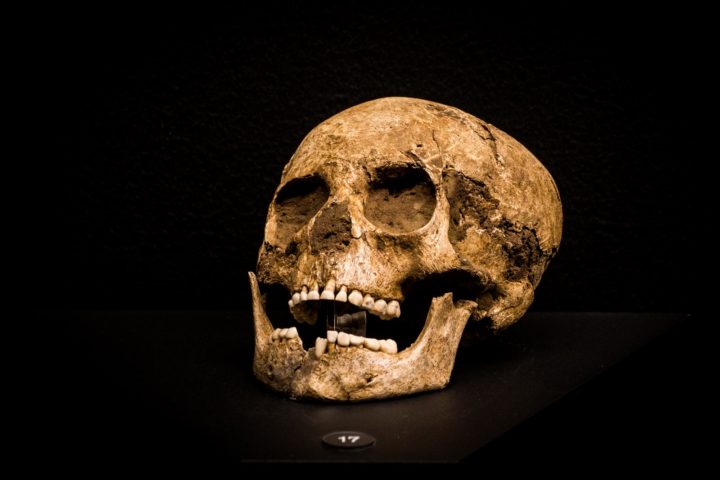
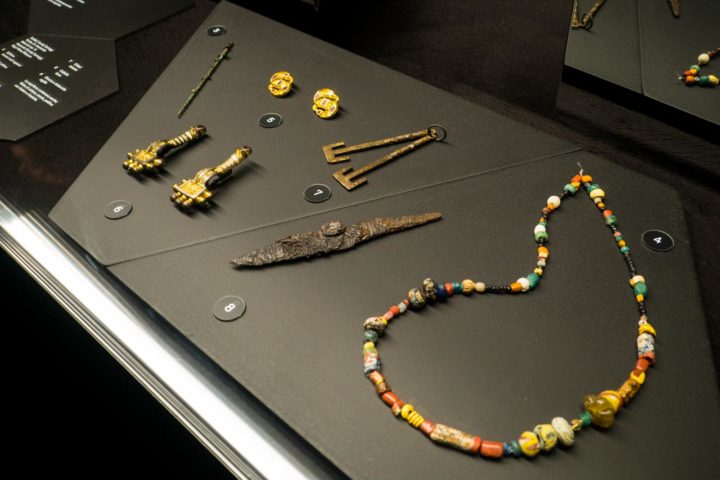
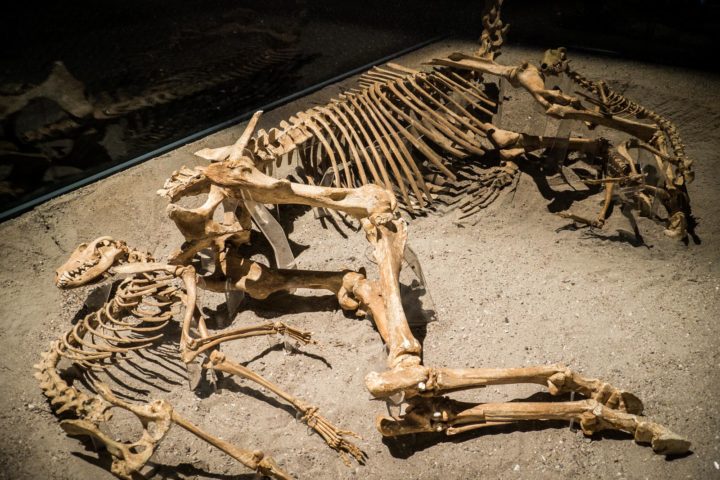
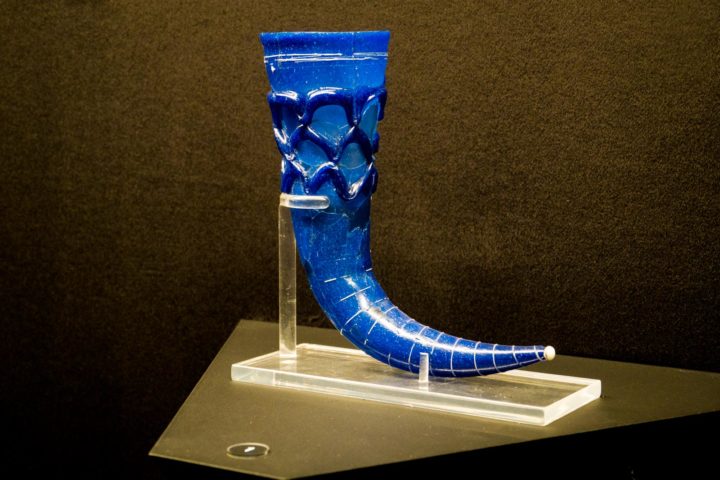
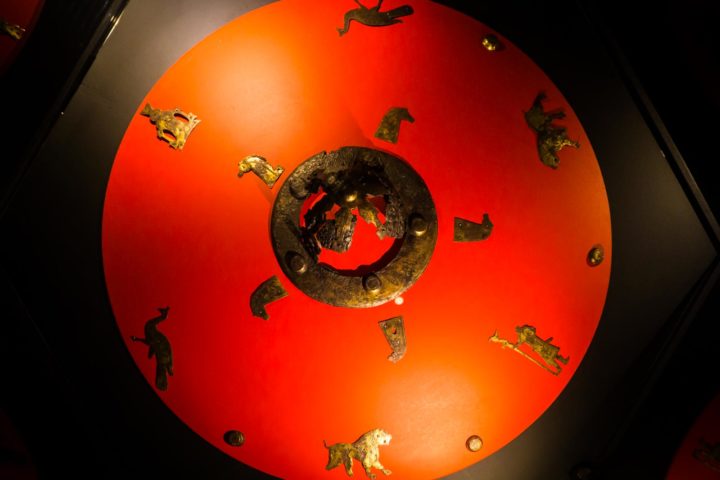
Comments